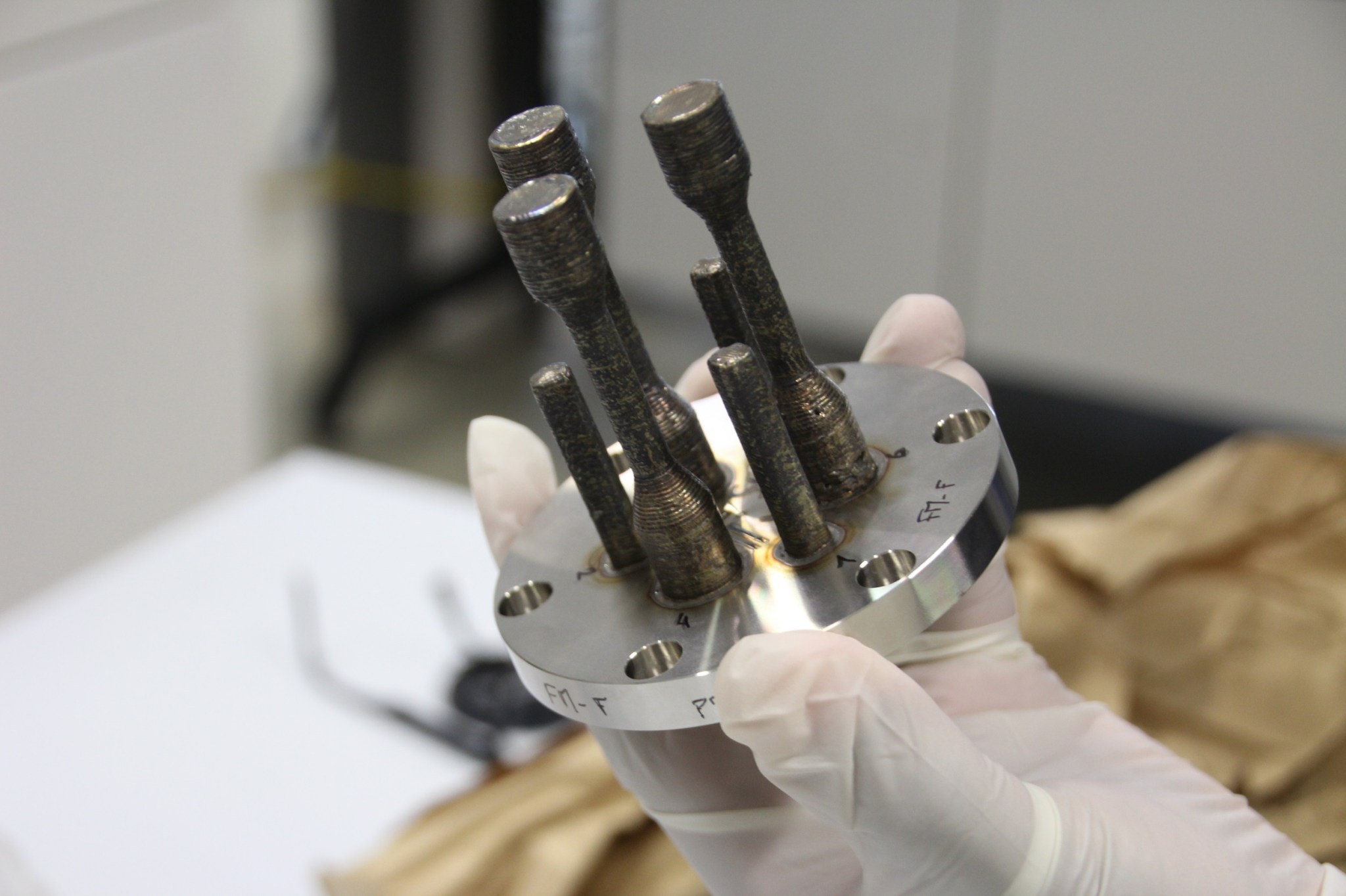2024-01-16 NASA
◆これまでの仮説では星間物質との相互作用が磁場の乱れを引き起こすと考えられていたが、IXPEのデータは、ジェット内の磁場が星間物質と衝突した際に「捕捉」され、伸びた可能性を示唆している。これにより、ブラックホール周りのジェットの磁場整列に新しい理論が提案され、将来の宇宙探査においても応用が期待される。
<関連情報>
- https://www.nasa.gov/missions/ixpe/nasas-ixpe-helps-researchers-maximize-microquasar-findings/
- https://iopscience.iop.org/article/10.3847/2041-8213/ad103b
SS433の東ローブのX線偏光 X-Ray Polarization of the Eastern Lobe of SS 433
Philip Kaaret, Riccardo Ferrazzoli, Stefano Silvestri, Michela Negro, Alberto Manfreda, Kinwah Wu, Enrico Costa, Paolo Soffitta, Samar Safi-Harb, Juri Poutanen, Alexandra Veledina, Alessandro Di Marco, Patrick Slane, Stefano Bianchi, Adam Ingram, Roger W. Romani, Nicolò Cibrario, Brydyn Mac Intyre, Romana Mikus̆incová, Ajay Ratheesh, James F. Steiner, Jiri Svoboda, Stefano Tugliani, Iván Agudo, Lucio A. Antonelli, Matteo Bachetti, Luca Baldini, Wayne H. Baumgartner, Ronaldo Bellazzini, Stephen D. Bongiorno, Raffaella Bonino, Alessandro Brez, Niccolò Bucciantini, Fiamma Capitanio, Simone Castellano, Elisabetta Cavazzuti, Chien-Ting Chen, Stefano Ciprini, Alessandra De Rosa, Ettore Del Monte, Laura Di Gesu, Niccolò Di Lalla, Immacolata Donnarumma, Victor Doroshenko, Michal Dovčiak, Steven R. Ehlert, Teruaki Enoto, Yuri Evangelista, Sergio Fabiani, Javier A. García, Shuichi Gunji, Kiyoshi Hayashida, Jeremy Heyl, Wataru Iwakiri, Svetlana G. Jorstad, Vladimir Karas, Fabian Kislat, Takao Kitaguchi, Jeffery J. Kolodziejczak, Henric Krawczynski, Fabio La Monaca, Luca Latronico, Ioannis Liodakis, Simone Maldera, Frédéric Marin, Andrea Marinucci, Alan P. Marscher, Herman L. Marshall, Francesco Massaro, Giorgio Matt, Ikuyuki Mitsuishi, Tsunefumi Mizuno, Fabio Muleri, Chi-Yung Ng, Stephen L. O’Dell, Nicola Omodei, Chiara Oppedisano, Alessandro Papitto, George G. Pavlov, Abel L. Peirson, Matteo Perri, Melissa Pesce-Rollins, Pierre-Olivier Petrucci, Maura Pilia, Andrea Possenti, Simonetta Puccetti, Brian D. Ramsey, John Rankin, Oliver J. Roberts, Carmelo Sgrò, Gloria Spandre, Douglas A. Swartz, Toru Tamagawa, Fabrizio Tavecchio, Roberto Taverna, Yuzuru Tawara, Allyn F. Tennant, Nicholas E. Thomas1, Francesco Tombesi27,48,49, Alessio Trois, Sergey S. Tsygankov, Roberto Turolla, Jacco Vink, Martin C. Weisskopf, Fei Xie, and Silvia Zane
The Astrophysical Journal Letters Published 2024 January 16
DOI:10.3847/2041-8213/ad103b

Abstract
How astrophysical systems translate the kinetic energy of bulk motion into the acceleration of particles to very high energies is a pressing question. SS 433 is a microquasar that emits TeV γ-rays indicating the presence of high-energy particles. A region of hard X-ray emission in the eastern lobe of SS 433 was recently identified as an acceleration site. We observed this region with the Imaging X-ray Polarimetry Explorer and measured a polarization degree in the range 38%–77%. The high polarization degree indicates the magnetic field has a well-ordered component if the X-rays are due to synchrotron emission. The polarization angle is in the range −12° to +10° (east of north), which indicates that the magnetic field is parallel to the jet. Magnetic fields parallel to the bulk flow have also been found in supernova remnants and the jets of powerful radio galaxies. This may be caused by interaction of the flow with the ambient medium.



